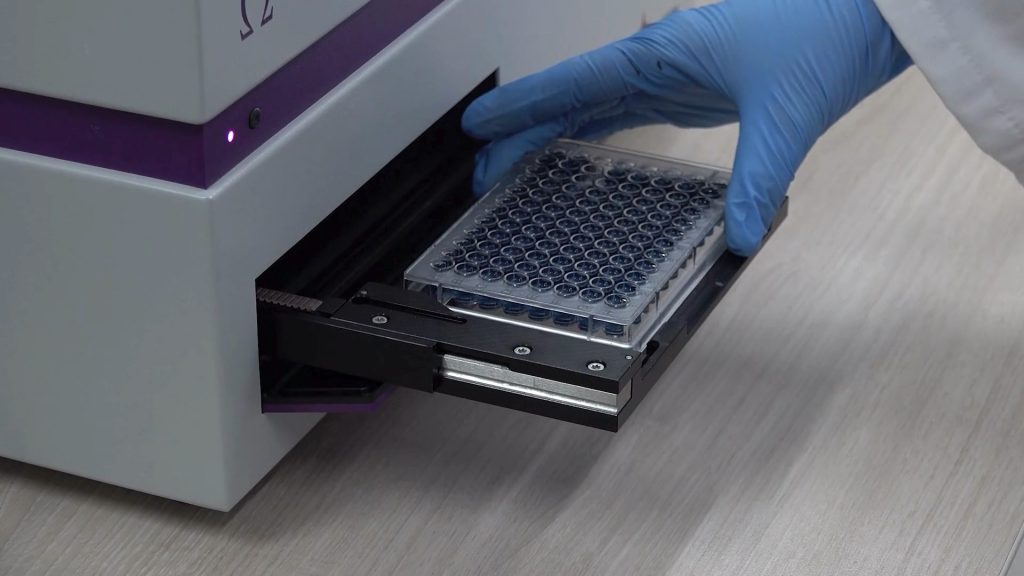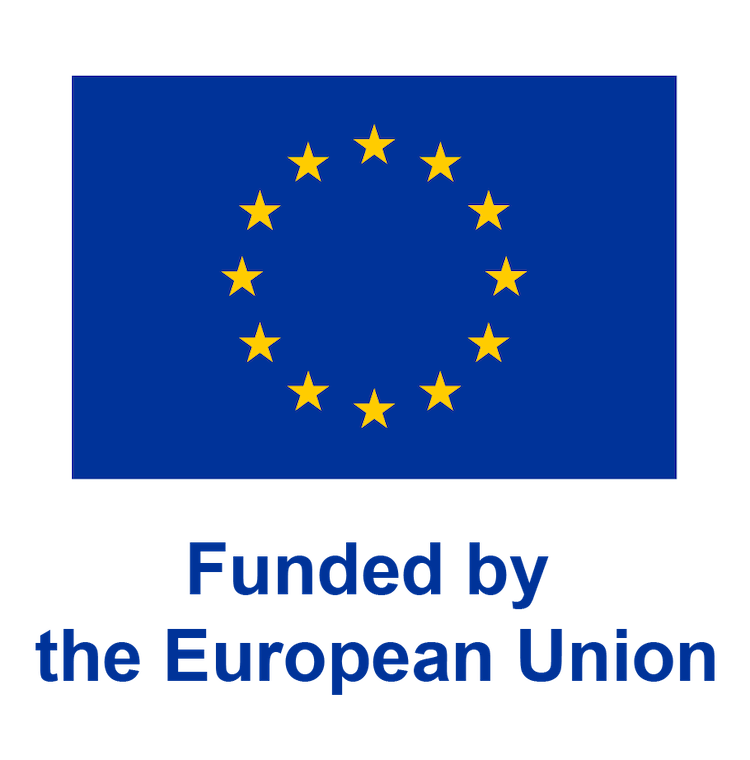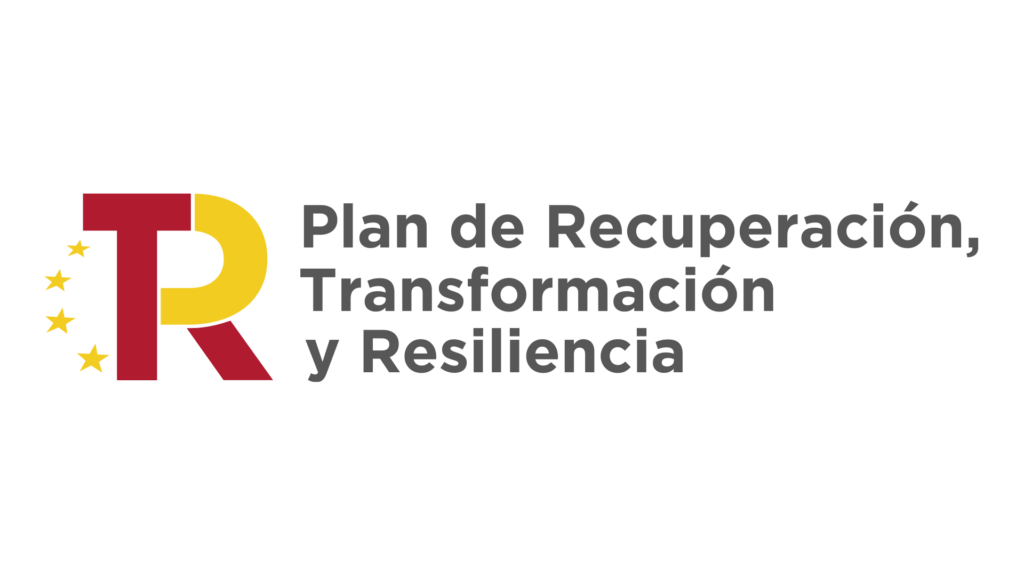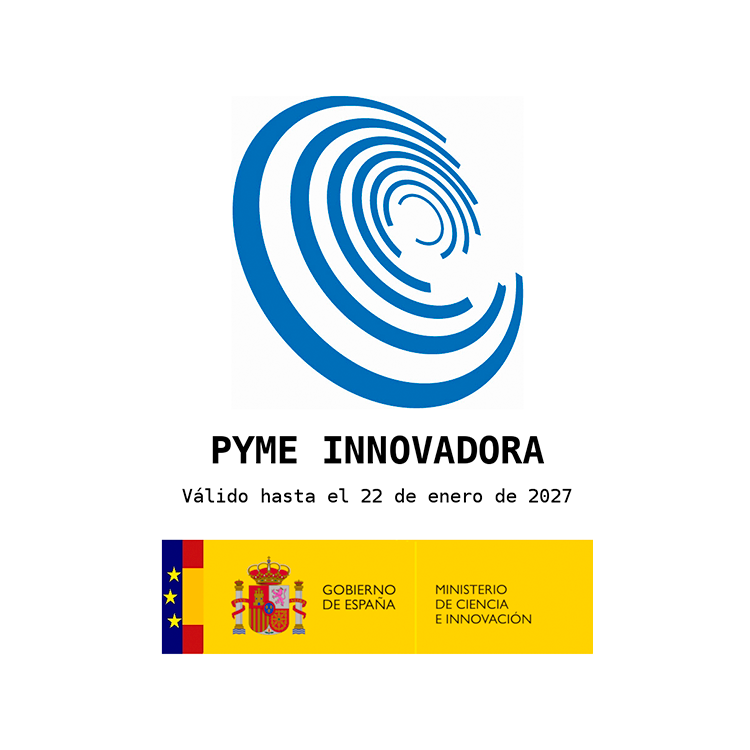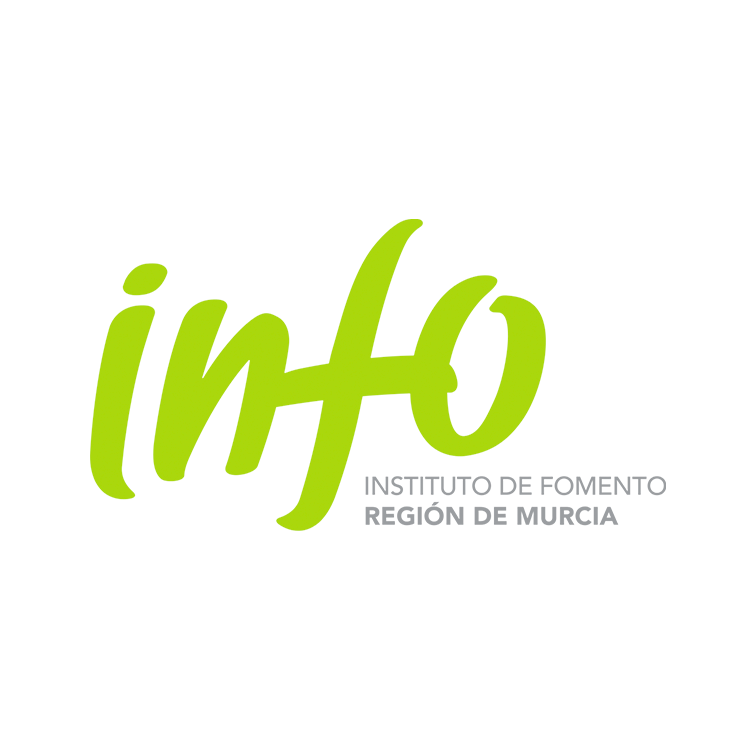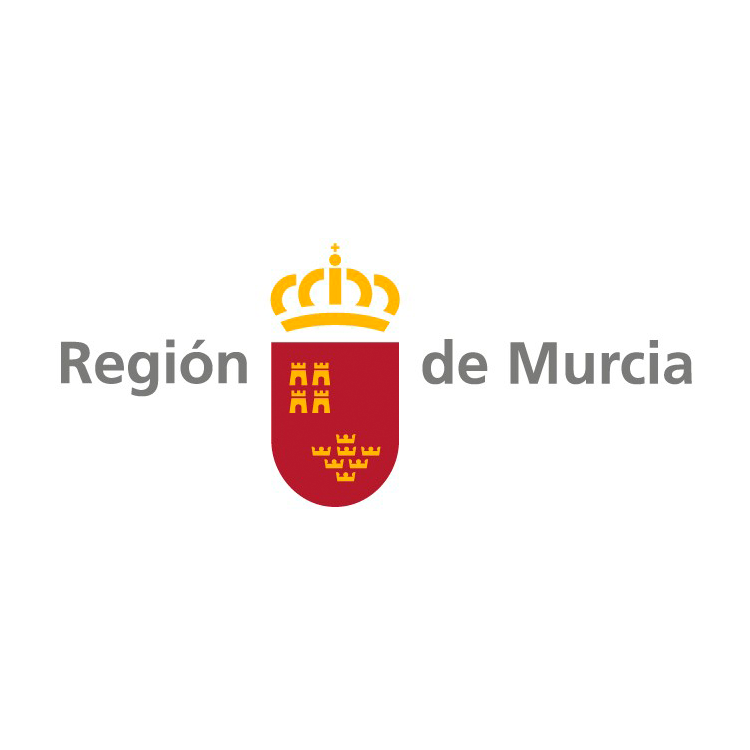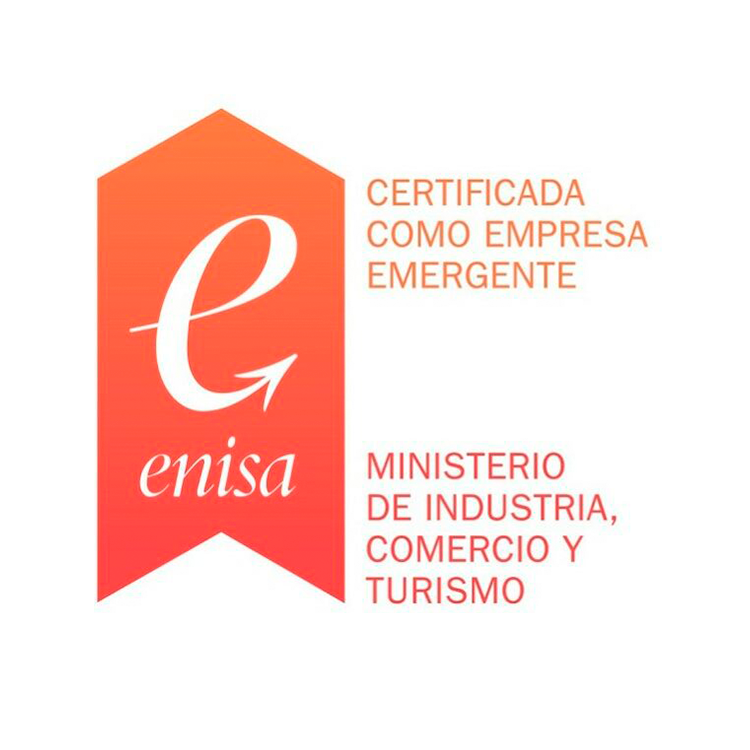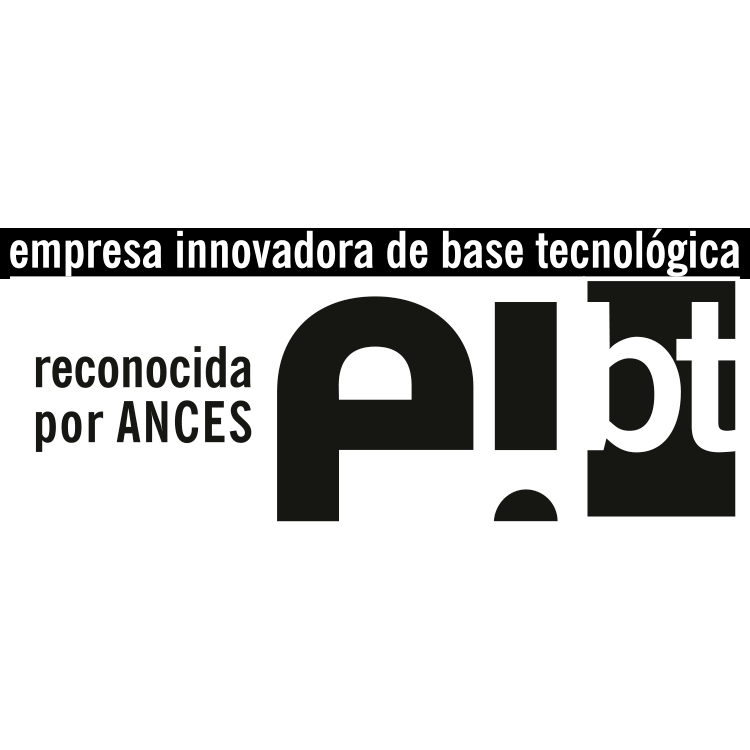In the rapidly evolving landscape of biotechnology, companies like those recently selected for the EIC Transition are not just pushing scientific boundaries; we are all participating in redefining what it means to be a successful, purpose-driven enterprise in the 21st century. The story of emergent biomed companies offers valuable insights into the strategies shaping the future of biomedical innovation.

The Market Imperative: Listening and Learning Comes First
The biotech sector’s greatest pitfall often lies not in technical failures but in misreading the market. Viva In Vitro’s approach to developing VIVA ELISA® exemplifies a crucial lesson I learned the hard way: success hinges on an unwavering commitment to understanding and responding to market needs. This means continuous engagement with clinicians, distributors, and patients throughout the product lifecycle. For VIVA ELISA®, this market-centric approach translates into a diagnostic tool addressing critical unmet needs in sepsis management. By focusing on early identification of high-risk patients and providing actionable information to clinicians regardless of the causative pathogen, Viva In Vitro adheres to this fundamental principle of solving pressing clinical problems.
Team Alignment: The Exponential Organization
Recent studies have shown that teams passionately aligned around a clear purpose can be up to nine times more efficient in driving growth. This isn’t just about motivation; it’s about creating an organizational culture that accelerates innovation and expansion. At Viva In Vitro, this alignment is evident in the seamless collaboration between scientific visionaries like Dr. Pablo Pelegrín and business leaders like Toni Vilaplana. Their shared commitment to revolutionizing sepsis diagnosis and treatment creates a synergy that transcends traditional organizational boundaries.
Proactive Risk Management: The Lifeline of Biotech Innovation
In the high-stakes world of biomedical innovation, the greatest technical risk is often the misuse or misapplication of technology, especially during clinical trials or early clinical practice. Our approach to risk management is comprehensive and proactive, focusing on:
1. Developing robust protocols for clinical trials.
2. Providing precise information and specific training. Three different kits are in the making to this end.
3. Systematic monitoring to prevent premature or unauthorized use of data.
4. Clear communication of ethical standards and best practices.
5. Readiness to address any incidents with transparency and decisiveness. This approach not only protects patients and the company but also builds trust with regulatory bodies, clinicians, and investors—a critical asset in our field.
Navigating the Tsunami of Changes
As we stand on the brink of transformative technologies like AGI, quantum computing, and nanotechnology, the biotech sector faces unprecedented opportunities and challenges. Viva In Vitro ‘s strategy in this environment is twofold:
1. Embrace simplicity in design and execution, precisely because we tackle complex biological problems.
2. Anchor our innovations in humanist values and clear ethical principles.
This approach creates profitable solutions that are not just technologically advanced but also robust, adaptable, and impactful, aligning with our foundational purpose of saving lives.
The European Innovation Landscape
The selection for the prestigious EIC Transition program, with its €2.5 million non-dilutive funding and efficacious support for acceleration, affirms Europe’s growing role in the global biotech ecosystem. The management team in Viva In Vitro is aware that the few ‘most disruptive’ companies chosen embody the innovative spirit that European initiatives like Horizon Europe aim to foster. This recognition places us at the forefront of Europe’s ambition to compete with global innovation powerhouses, testifying to our potential to become a leader in the market.
Beyond Sepsis: A Platform for Precision Medicine
In this sense, while VIVA ELISA® initially targets sepsis—responsible for approximately 11 million deaths annually worldwide—its potential extends far beyond. Our focus on the NLRP3 inflammasome opens doors to applications in cardiovascular ailments, neurodegenerative conditions, diabetes, and cancer. We envision our company as a pioneer in personalized immunotherapy, illustrating how focused innovation can lead to expansive opportunities.
Conclusion: The Path Forward
The biotech revolution is here. Agile companies navigating complexity with integrity and purpose will lead us to improved global health outcomes. At Viva In Vitro, we focus on our rapidly evolving market, building an enthusiastic team, staying abreast of novel social dynamics and technological developments, and pushing forward with regulatory pathways, clinical trials, and market access.
Our evolution from a startup to a recognized participant in European biotech innovation in just three years is a story of resilience and purpose-driven entrepreneurship. We’ve learned that increasing professionalism and diligence in approaching finances and markets are irreplaceable—as is perseverance in our purpose to save lives, improve patient outcomes, and contribute to healthcare sustainability through reliable diagnostic tools.
Companies like those we admire and take as a reference serve to us as beacons of what’s possible when both managerial and scientific rigor meet entrepreneurial vision.
